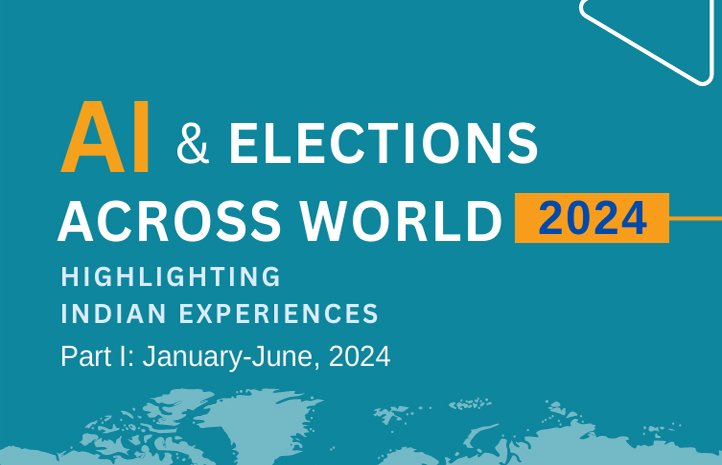Upon meticulous examination of all the incidents, it has been noted that a significant
amount of deepfake content has been produced in this election year. AI has been useful
this election season for a variety of objectives, including campaigning, endorsements,
and the resurrection of historical figures to increase turnout and vote totals. This year,
over 70 countries will be polled, and it is intriguing to observe the emergence of a new
technology over ten years after social media.
AI platforms and technologies have been widely utilised to produce fake information that
has deceived consumers. Various actors have dragged well-known leaders. Technology
has been utilised by political parties and politicians to produce content that depicts these
juxtapositions. Targeting female candidates' bodies with deepfake technology has
damaged their reputations, which says volumes about the "end-use" of the technology.
It is that these forms of content have affected the way that candidates for office are
reaching out to voters and have revolutionised campaigning by making it quicker and
more efficient, even though it is difficult to quantify the exact impact they have had on
individual or party campaigns or on overall electoral outcomes. In addition to providing
ample space for the production and dissemination of false information, particularly
deepfakes. This year's election has created a great deal of anxiety about AI taking over,
which has dominated conversations among psephologists, academics, researchers, and
administrators.
Objectives
1. To collate and analyse cases across the world where AI has been used in elections and campaigning.
2. To assess the impact of AI generated content (deepfakes and synthetic media) on elections and campaigns.
3. To explore the ways to counter AI-generated risks in elections and campaigns.
4. To understand the impact of AI-generated contents on various stakeholders (political candidates, voters, electoral bodies, media and others).
Governments across world are deliberating on possible ways to address the rapid
dissemination of AI-generated content on social media platforms. Despite various
measures taken by these governments, progress has been slow and often ineffective.
Even social media platforms, despite releasing their ‘action-packed manifestos’ are not
able to take charge when the information keeps spreading online with lightning-fast
speed.
A robust mechanism that will regulate the use of this technology at all levels—the level at
which it is developed, deployed, and used by creators to generate AI-based content—
remains necessary. End users of social media platforms who share content mindlessly
without verifying its authenticity also bear responsibility for curtailing the spread of
deceptive AI-generated content aimed at misleading voters and users.

